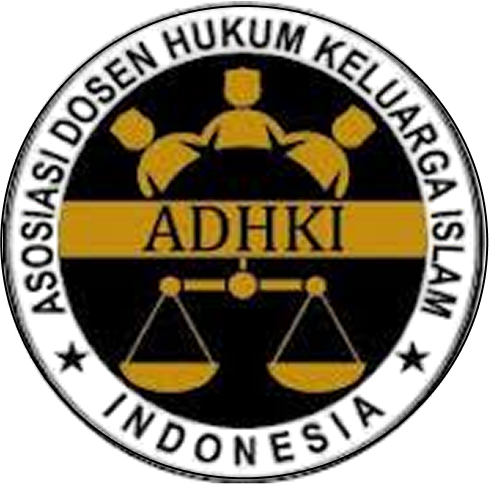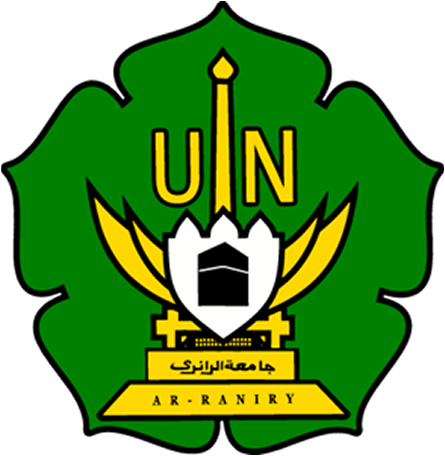The Empowerment of Infaq and Waqf Evaluation in light of Maqasid al-Sharia Perspective in Mosques in Palangka Raya, Indonesia
DOI:
https://doi.org/10.22373/sjhk.v5i2.8997Keywords:
Economic Empowerment, Waqf, Infaq, Palangka RayaAbstract
In a community in Indonesia, the proposal of establishing a mosque as the activity center has increasingly bloomed. This program restores the exuberance of the mosque through religious practices and places it as the center of community life in social, cultural, and economic aspects. In Palangka Raya, several mosques played an economic role in building bazaars around mosques, including bistros and other small businesses. Given that most of the mosques in the city have obtained large amounts of infaq (almsgiving) and waqf, it is essential to know the extent to which these funds are used in improving the economy of Muslims, especially in Palangka Raya and its surrounding area. The researchers used qualitative research by extracting primary data through interviews, observations, and documentation. This study aimed to evaluate the extent of empowerment of infaq and waqf in the mosques of Palangka Raya City in the maqasid al-shariaperspective. This study argued that the problems in the economic empowerment plan for mosques in Palangka Raya were the lack of human resources (HR), socialization, and funds. Therefore, to minimize the drawbacks, mosque management should continue to improve its quality by socializing mosque programs, providing training for new mosque cadres, and offering professional development for existing human resources on managing zakat, infaq, and sadaqah to maximize the mosque income.
References
Aisyah, Siti. “Membangun Kekuatan Ekonomi Masjid.” Jurnal Syari’ah II, no. II (2013): 51–62.
Akhmad Sirojudin Munir. “Optimalisasi Pemberdayaan Wakaf Secara Produktif.” Ummul Quro 6, no. Jurnal Ummul Qura Vol VI, No 2, September 2015 (2015): 94–109. http://ejournal.kopertais4.or.id/index.php/qura/issue/view/531.
Amalia, Euis. Keadilan Distributif Dalam Ekonomi Islam. Jakarta: Raja Grafindo, 2009.
Basid, Abd. “Pemberdayaan Umat Berbasis Masjid.” Jurnal Al-Qanun 12, no. 1 (2009).
Budiman, Achmad Arief. Good Governance Pada Lembaga ZISWAF (Implementasi Pelibatan Pemangku Kepentingan Dalam Pengelola ZISWAF). Semarang: Lembaga Penelitian IAIN Walisongo, 2012.
El-Bantanie, M.Syafi’ie. Zakat, Infaq, Dan Sedekah. Jakarta: PT. Salamdani Pustaka Semesta, 2009.
Hariyanto, Erie, and Mohammad Suyudi. “Jual Beli Benda Wakaf Untuk Pembangunan Masjid Istiqlal Di Desa Palengaan Daja Pamekasan.” Al- Daulah: Jurnal Hukum Dan Perundangan Islam 8, no. April (2018): 226–55.
Huda, Nurul, and Mohammad Heykal. Lembaga Keuangan Islam: Tinjauan Teoritis Dan Praktis. Premada Me. Jakarta, 2010.
Jefrison, and Rimadewi. “Arahan Revitalisasi Kawasan Cagar Budaya Kota Lama Siak.” Jurnal Teknik Pomits 1, no. 1 (2012): 1–4.
Kabeer, Naila. “Is Microfinance a Magic Bullet for Women’s Empowerment" Analysis of Finding from South Asia.” Journal Economic and Political Weekly, 2005.
Karim, Adiwarman. Ekonomi Makro Islami. Jakarta: Rajawali Press, 2013.
Latifee, HI. “Micro Credit and Poverty Reduction.” In The International Conference on "Poverty Reduction Throungh Micro Credit. Taksim-Istambul, 2003.
Murti, Ari. “Peran Lembaga Filantropi Islam Dalam Proses Distribusi ZISWAF (Zakat, Infak, Sodaqoh, Dan Wakaf) Sebagai Pemberdayaan Ekonomi Umat.” LABATILA: Jurnal Ilmu Ekonomi Islam, no. 1 (2017): 89–97.
Muthalib, Ahmad Abdul. “Prospek Pemberdayaan Ekonomi Masyarakat Berbasis Masjid Di Kota Watampone.” Jurnal Iqtisaduna 4, no. 1 Ed. Juni (2018).
Oseni, Umar A., M.Kabir Hassan, and Dorsaf Matri. “An Islamic Finance Model for The Small and Mediom-Siazed Enterprise in France.” Islamic Economics JKAU 26, no. 2 (2013): 153–80.
Ramadhan, Abdurrahman. “Potret Masjid Sebagai Basis Pemberdayaan Ekonomi Umat.” Iqtishodia:Jurnal Ekonomi Syariah 4, no. 1 Maret (2019): 31–49.
RI, Depag. Al-Qur’an Dan Terjemahannya. Proyek Pengadaan Kitab Suci Al-Quran, 1997.
Rifai, A.Bachrun, and Moch Fakhruroji. Manajemen Masjid. Bandung: Benang Merah Press, 2005.
Ruskma, Nana. Manajemen Masjid: Panduan Praktis Membangun dan Memakmurkan Masjid, n.d.
Ruslan, Ismail. “Pemberdayaan Ekonomi Masyarakat Berbasis Masjid.” Jurnal Khatulistiwa- Journal of Islamic Studies 2, no. 1 (2012): 21.
Sudarsono, Heri. Bank Dan Lembaga Keuangan Syariah: Deskripsi dan Ilustrasi. Yogyakarta: Ekonisia, 2013.
Sugiyono. Metode Penelitian Kuantitatif, Kualitatif, dan R&D. Cet.XXIII. Bandung: Alfabeta, 2016.
Suryanto, Asep. “Optimalisasi Fungsi Dan Potensi Masjid: Model Pemberdayaan Ekonomi Masyarakat Masjid Di Kota Tasikmalaya.” Jurnal Iqtisaduna, n.d.
Susilo, Adib. “Model Pemberdayaan Masyarakat Perspektif Islam.” Falah: Jurnal Ekonomi Syariah 1, no. 2 (n.d.): 70.
Wahab, Azhar bin Abdul. “Financial Management of Mosque in Kota Setar District:Issue and Challenge.” Universiti Utara Malaysia, 2008.
Yani, Ahmad. Menuju Masjid Ideal. Jakarta: LP2SI Haramain, 2001.
Downloads
Published
Issue
Section
License
Authors who publish in Samarah: Jurnal Hukum Keluarga dan Hukum Islam agree to the following terms:
- Authors retain copyright and grant the journal right of first publication with the work simultaneously licensed Attribution-ShareAlike 4.0 International (CC BY-SA 4.0) that allows others to share the work with an acknowledgment of the work's authorship and initial publication in this journal.
- Authors are able to enter into separate, additional contractual arrangements for the non-exclusive distribution of the journal's published version of the work (e.g., post it to an institutional repository or publish it in a book), with an acknowledgment of its initial publication in this journal.
- Authors are permitted and encouraged to post their work online (e.g., in institutional repositories or on their website) prior to and during the submission process, as it can lead to productive exchanges, as well as earlier and greater citation of published work. (See The Effect of Open Acces)









